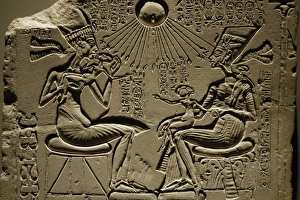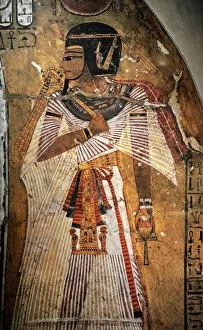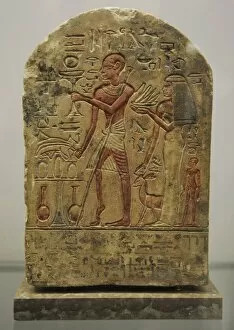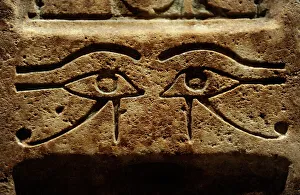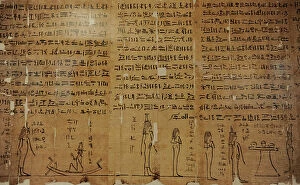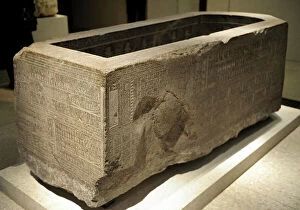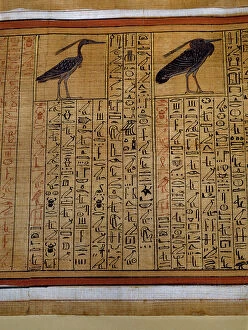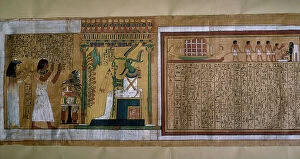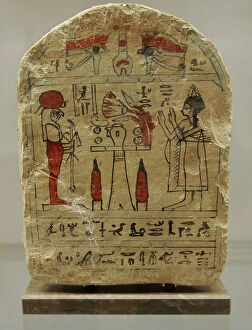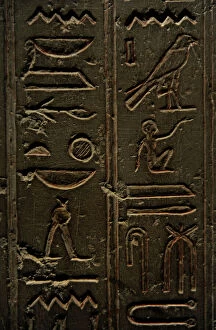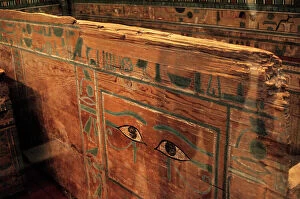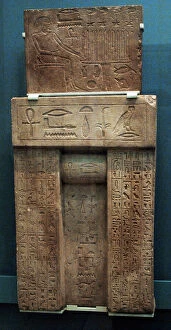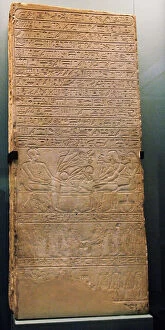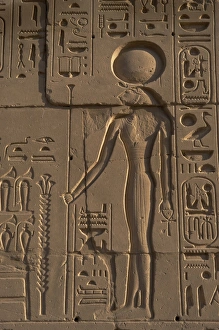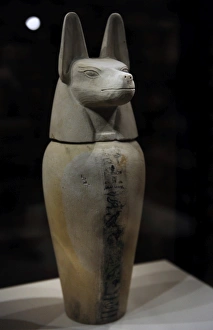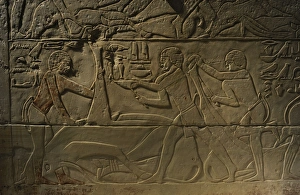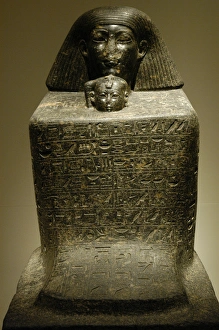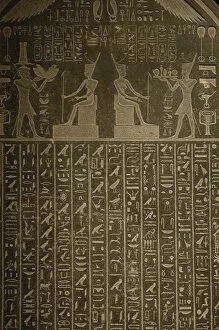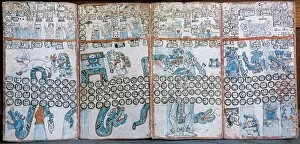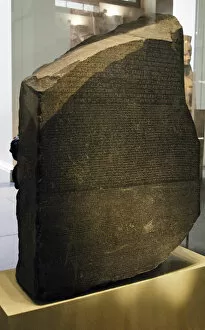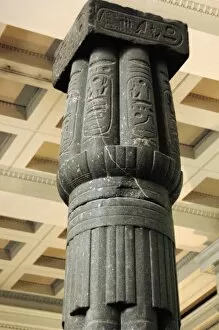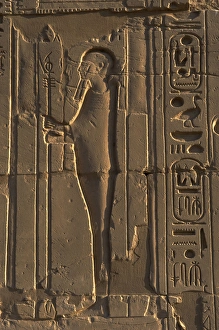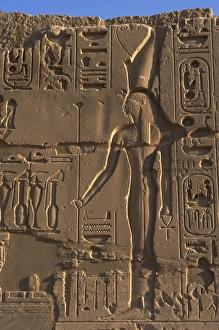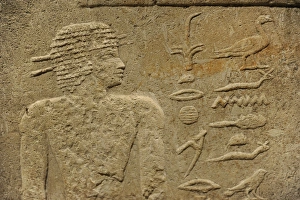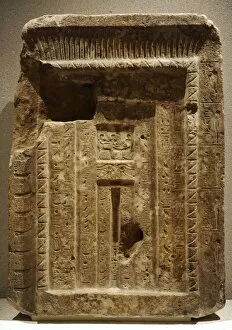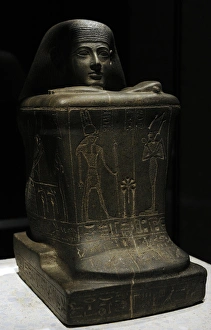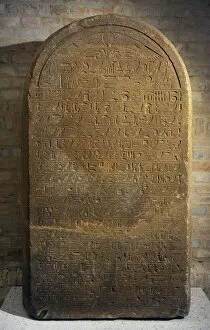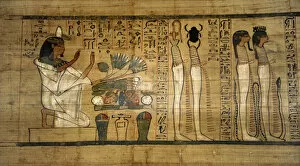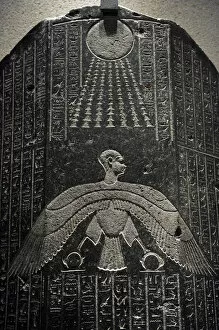Hieroglyphical Collection
"Unveiling the Mysteries of Hieroglyphical Art: A Journey through Ancient Egypt" Step back in time and immerse yourself in the captivating world art
All Professionally Made to Order for Quick Shipping
"Unveiling the Mysteries of Hieroglyphical Art: A Journey through Ancient Egypt" Step back in time and immerse yourself in the captivating world art. From the intricate relief depicting Akhenaten, Nefertiti, and their three children to the majestic Pharaoh Amenhotep I, Egyptian art tells stories that have stood the test of time. Behold the mesmerizing Eye of Horus, a symbol of protection and power, adorning the false door of Senenmut. This ancient artifact invites us to explore the beliefs and rituals surrounding death and afterlife. As we delve deeper into this enigmatic civilization, we encounter remarkable treasures like the Beth Shean Gate lintel inscribed with Ramesses III's name. Its detailed carvings transport us to an era where pharaohs ruled with divine authority. Marvel at a wooden chest meticulously crafted for ushabties - small figurines believed to serve their owners in eternity. These delicate objects offer insights into ancient burial practices and beliefs about life beyond death. Discover Amunem-wija's guide to afterlife or Sesech's guide to alterlife - texts that served as maps for navigating spiritual realms. The Book of what is in the netherworld (Amduat) reveals secrets hidden within dark chambers beneath our feet. Travel further through time as we uncover papyrus scrolls containing "The Death of Mistress Neferini, " shedding light on funeral rites during 1400 BC's 18th Dynasty. Witness Djehapimu sarcophagus case intricately adorned with symbols representing rebirth and eternal life. Hieroglyphical art offers glimpses into a civilization shrouded in mystery yet brimming with cultural richness. Let these artifacts from Ancient Egypt ignite your imagination as you embark on an unforgettable journey through history.

